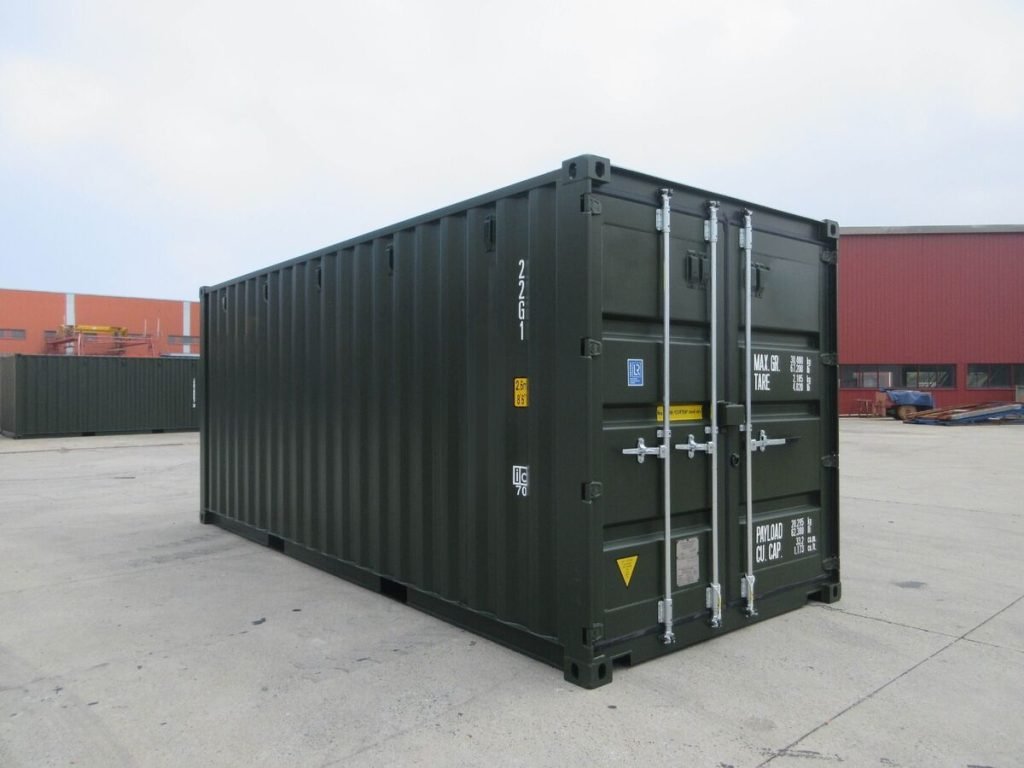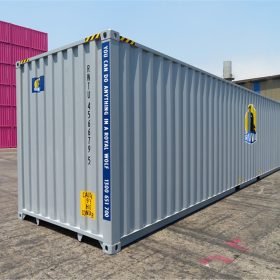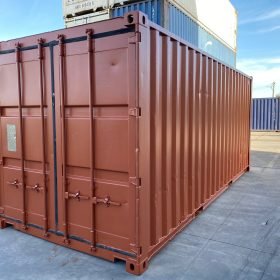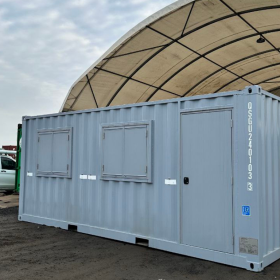DIY Shipping Container Projects: Transforming Containers into Unique Living Spaces
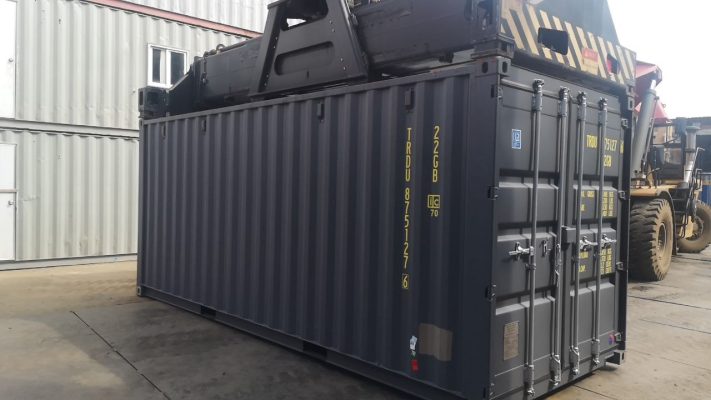
Shipping containers, once mere vessels for transporting goods across oceans, have evolved into an exciting trend in modern architecture. With a growing focus on sustainability, affordability, and creativity, DIY shipping container projects are becoming an increasingly popular way to build unique living spaces. The idea of transforming a rugged steel box into a stylish home may seem unconventional, but with some ingenuity, shipping containers can be turned into eco-friendly, efficient, and visually appealing dwellings. In this article, we’ll explore how to embark on a DIY shipping container project and key considerations to keep in mind.
Why Shipping Containers?
Shipping containers offer a range of benefits when it comes to DIY home projects:
- Affordability: Purchasing a shipping container is generally more cost-effective than building a traditional home from scratch. A used container can range from $1,500 to $4,500, depending on size and condition. Even factoring in modifications and materials, the cost often remains lower than conventional housing options.
- Durability: Built to withstand the harsh conditions of sea transport, shipping containers are incredibly strong and weather-resistant. Their steel structure makes them durable against the elements, ensuring a long-lasting home.
- Eco-Friendly: Upcycling used containers into homes helps reduce waste, promoting a sustainable approach to housing. With sustainability at the forefront of modern architecture, repurposing containers makes a positive environmental impact.
- Versatility: Shipping containers are modular, making them flexible for various design concepts. They can be stacked, placed side by side, or cut open to create different layouts. Whether you need a single-container studio or a multi-level home, the possibilities are limitless.
Getting Started: Key Considerations
While DIY shipping container homes offer many advantages, it’s essential to approach the project with careful planning. Below are some key considerations to ensure the success of your build.
1. Research Local Building Codes and Permits
Before diving into your project, research your local building regulations. Each area has different codes that govern construction, and shipping container homes may fall under unconventional building categories. Make sure you acquire the necessary permits, as failure to comply with regulations could lead to costly delays or fines. Zoning laws can vary depending on whether you’re placing your container on rural, urban, or suburban land.
2. Choosing the Right Container
Shipping containers come in a variety of sizes, typically 20-foot and 40-foot lengths. Some containers are standard height (8.5 feet), while others, known as high cube containers, provide extra headroom at 9.5 feet. Depending on your space and design preferences, select a container that meets your needs.
Also, ensure that the container is in good condition. A used container with minor rust or dents may still be viable, but thoroughly inspect for structural integrity, holes, or significant wear. Some sellers specialize in refurbishing containers for living spaces, which may come at a higher price but offer peace of mind.
3. Insulation and Climate Control
Shipping containers are made of steel, which means they conduct heat and cold quickly. Without proper insulation, they can become unbearably hot in the summer and freezing in the winter. Insulating your container is crucial for maintaining a comfortable indoor environment.
Common insulation options include spray foam, rigid foam panels, and eco-friendly alternatives like wool or recycled denim. Additionally, consider adding windows and ventilation systems to improve airflow and natural light, as well as HVAC units to regulate temperature.
4. Structural Modifications
While containers are strong, modifying them requires careful planning to avoid compromising their structural integrity. Cutting out large sections for windows, doors, or extensions may weaken the container if not done properly. It’s recommended to consult a structural engineer if your design involves extensive changes. Reinforcing key areas and welding support beams can help maintain the container’s strength.
5. Foundation Options
Even though containers are portable, they still need a stable foundation. The foundation options vary depending on your site’s conditions. Some common foundations include:
- Concrete slab: Offers a solid and level base for your container.
- Pier foundation: A more affordable option, piers lift the container off the ground, preventing moisture build-up underneath.
- Crawl space: This foundation provides access to plumbing and electrical systems below the container.
The choice of foundation should factor in your budget, the landscape, and the overall stability of the container.
Design Inspiration for DIY Shipping Container Homes
Once you’ve handled the structural and regulatory aspects, it’s time to get creative with the design. Here are some ideas to transform your container into a unique living space:
- Open-Concept Studio: Keep it minimal with an open-concept layout. A single container can house a compact kitchen, living area, and sleeping nook. Use sliding doors to bring in natural light and create a seamless transition between indoor and outdoor spaces.
- Multi-Container Modular Home: Stack or arrange multiple containers to create a larger living space. This design allows for separate rooms such as bedrooms, bathrooms, and a spacious living room. Adding a rooftop deck or patio can also maximize outdoor enjoyment.
- Off-Grid Tiny Home: If you’re looking for an eco-friendly retreat, a single-container tiny home with solar panels, rainwater collection, and composting toilets can provide a sustainable living solution.
- Container + Glass Hybrid: Create a striking visual contrast by integrating glass walls with your container structure. This adds an airy, modern touch while maintaining the container’s industrial vibe.
Conclusion
Transforming shipping containers into unique living spaces is a rewarding and creative DIY project. By combining practicality with design innovation, you can craft a home that is affordable, sustainable, and uniquely yours. Whether you’re building a tiny home, a spacious multi-container house, or an off-grid hideaway, the possibilities are endless. Just be sure to plan carefully, respect building codes, and let your creativity flow as you embark on this exciting journey toward container living!

